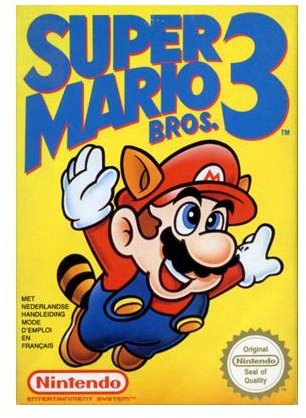
Nintendo released Super Mario All-Stars worldwide in late 1993 and rereleased it in 1994 with Super Mario World included. The developers based the updated designs on those from Super Mario World (1990) and strove to retain the feel of the original games. No longer restricted by the limitations of the 8-bit NES, Nintendo chose to remake them for the 16-bit SNES. Nintendo Entertainment Analysis & Development developed the compilation after the completion of Super Mario Kart (1992) at the suggestion of Mario creator Shigeru Miyamoto. The remakes feature updated graphics-including the addition of parallax scrolling-and music, modified game physics, and bug fixes. As in the original games, players control the Italian plumber Mario and his brother Luigi through themed worlds, collecting power-ups, avoiding obstacles, and finding secrets. (1985), Super Mario Bros.: The Lost Levels (1986), Super Mario Bros. It contains remakes of Nintendo's four Super Mario games released for the Nintendo Entertainment System (NES) and the Famicom Disk System: Super Mario Bros. Going into the small pipe will take Mario to the red-flag exit, which opens a path leading through the Green Toad House, all the way to the castle.Super Mario All-Stars is a 1993 compilation of platform games for the Super Nintendo Entertainment System (SNES). The player needs to hop on a Flying ? Block, then around a pillar to reach a small pipe. The red-flag exit requires Mario to be in his Mini form.

The final one is within a trail of coins near the end. The first two Star Coins are above mushrooms. There is only one enemy in the whole level, a red Koopa Troopa.

It is similar to levels such as World 1-3, but it is a completely vertical level. This is a very short level, and it consists of many mushrooms and Spin Blocks.


 0 kommentar(er)
0 kommentar(er)
